Pandemics of the past that took an enormous toll on humans
Throughout the annals of history, pandemics have cast long shadows across civilizations, altering the course of human events in profound ways. These outbreaks, though devastating, have also been catalysts for change, prompting advances in medicine, public health, and societal norms. By exploring past pandemics, we can glean valuable lessons and insights into how societies have endured and adapted in the face of widespread disease.
The Antonine Plague: Rome’s Unwanted Visitor
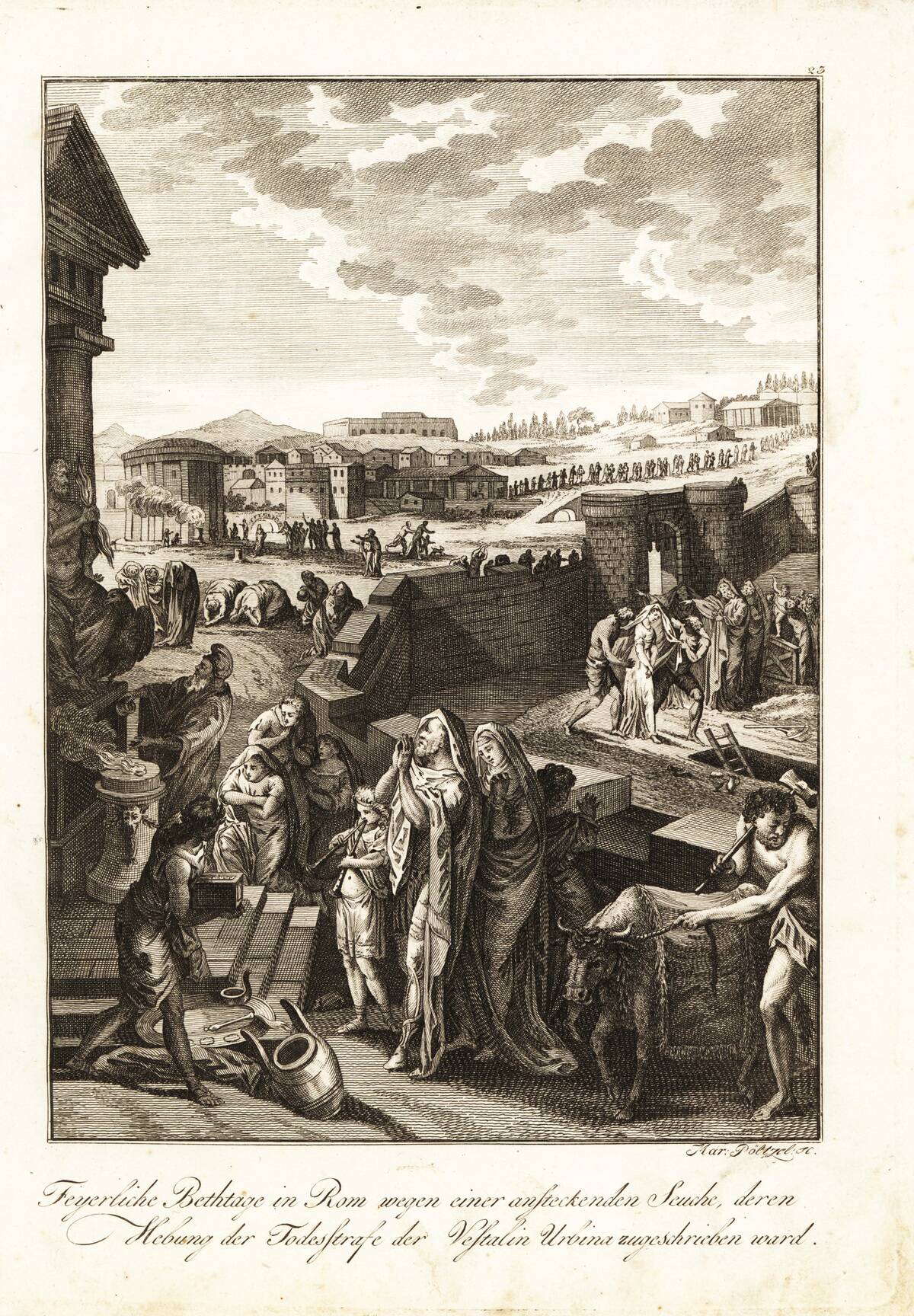
The Antonine Plague, which struck the Roman Empire from 165 to 180 AD, is believed to have been either smallpox or measles, introduced by returning soldiers. The disease decimated Roman legions and is thought to have claimed the lives of as many as five million people. Its impact was so profound that it weakened the empire’s military and economic structures, setting the stage for future challenges.
The Justinian Plague: The Byzantine Empire’s Black Cloud

The Justinian Plague first appeared in 541 AD and persisted in waves until 750 AD, sweeping through the Byzantine Empire and beyond. Historians estimate it killed around 25 to 50 million people. This pandemic is believed to have been caused by the Yersinia pestis bacterium, the same culprit behind the later Black Death.
The Black Death: When the World Turned Dark

The Black Death, or Bubonic Plague, arrived in Europe in 1347 and over the next few years wiped out an estimated 25 million people. This pandemic caused significant upheaval, leading to labor shortages and social unrest. The bacterium Yersinia pestis, transmitted through fleas on rats, was responsible for this dark chapter in history.
The Cocoliztli Epidemics: The Mystery of New Spain
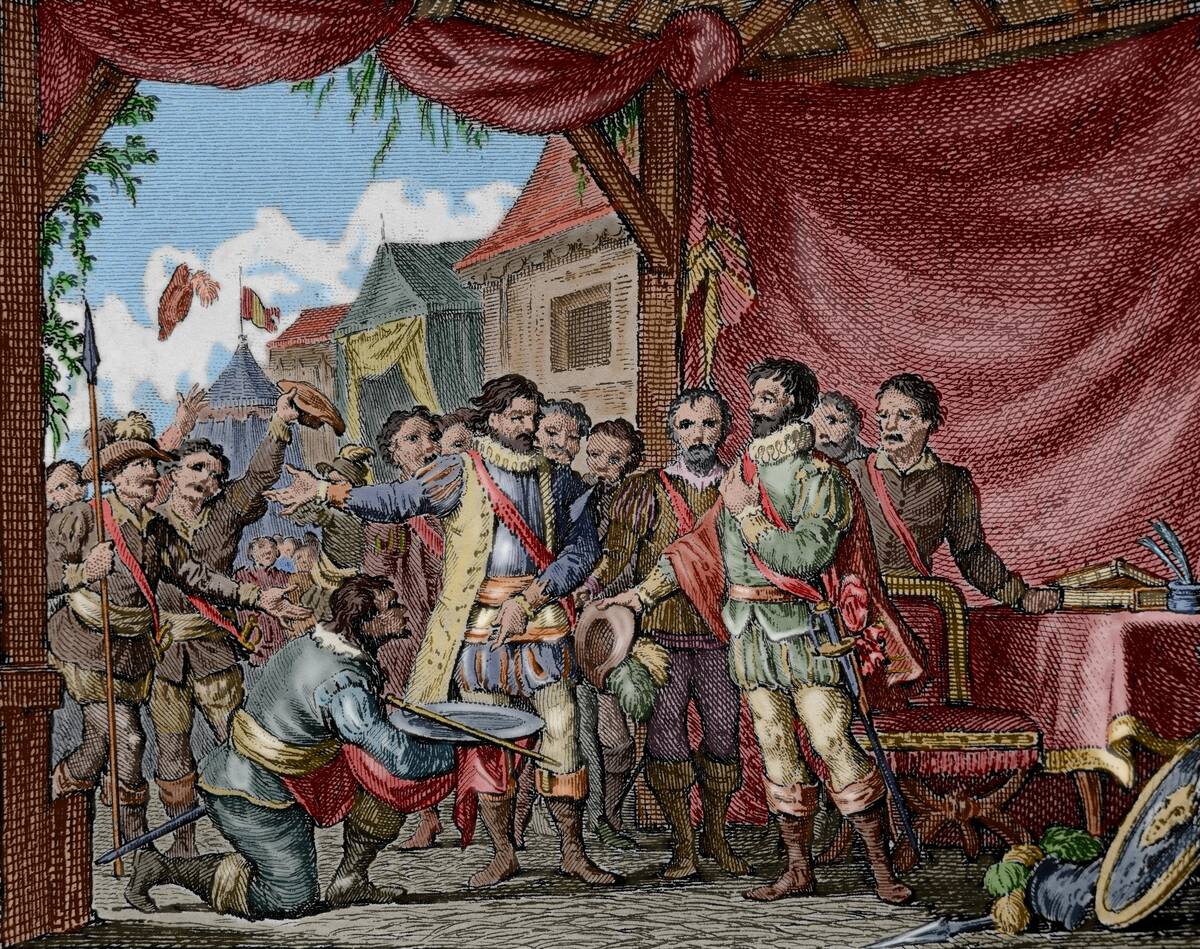
In the 16th century, the Cocoliztli epidemics devastated the indigenous populations of New Spain, now modern-day Mexico. The outbreaks, characterized by high fevers and bleeding, killed millions. While the exact cause remains debated, recent studies suggest a hemorrhagic fever virus may have been responsible, exacerbated by drought and famine.
The Great Plague of London: When the City Stood Still

The Great Plague of London in 1665 was the last major outbreak of the bubonic plague in England, claiming the lives of about 100,000 people. The city was in chaos as whole neighborhoods were quarantined and mass graves dug. The infamous ‘Bills of Mortality’ documented the weekly death tolls, offering a grim account of the pandemic’s reach.
The Third Cholera Pandemic: The Global Wave

The Third Cholera Pandemic, which began in 1852, is considered the deadliest of the 19th century cholera outbreaks. Originating in India, it spread through Asia, Europe, North America, and Africa, claiming over a million lives. This pandemic highlighted the importance of sanitation and clean water, leading to major public health reforms.
The Russian Flu: The 19th Century’s Viral Outbreak
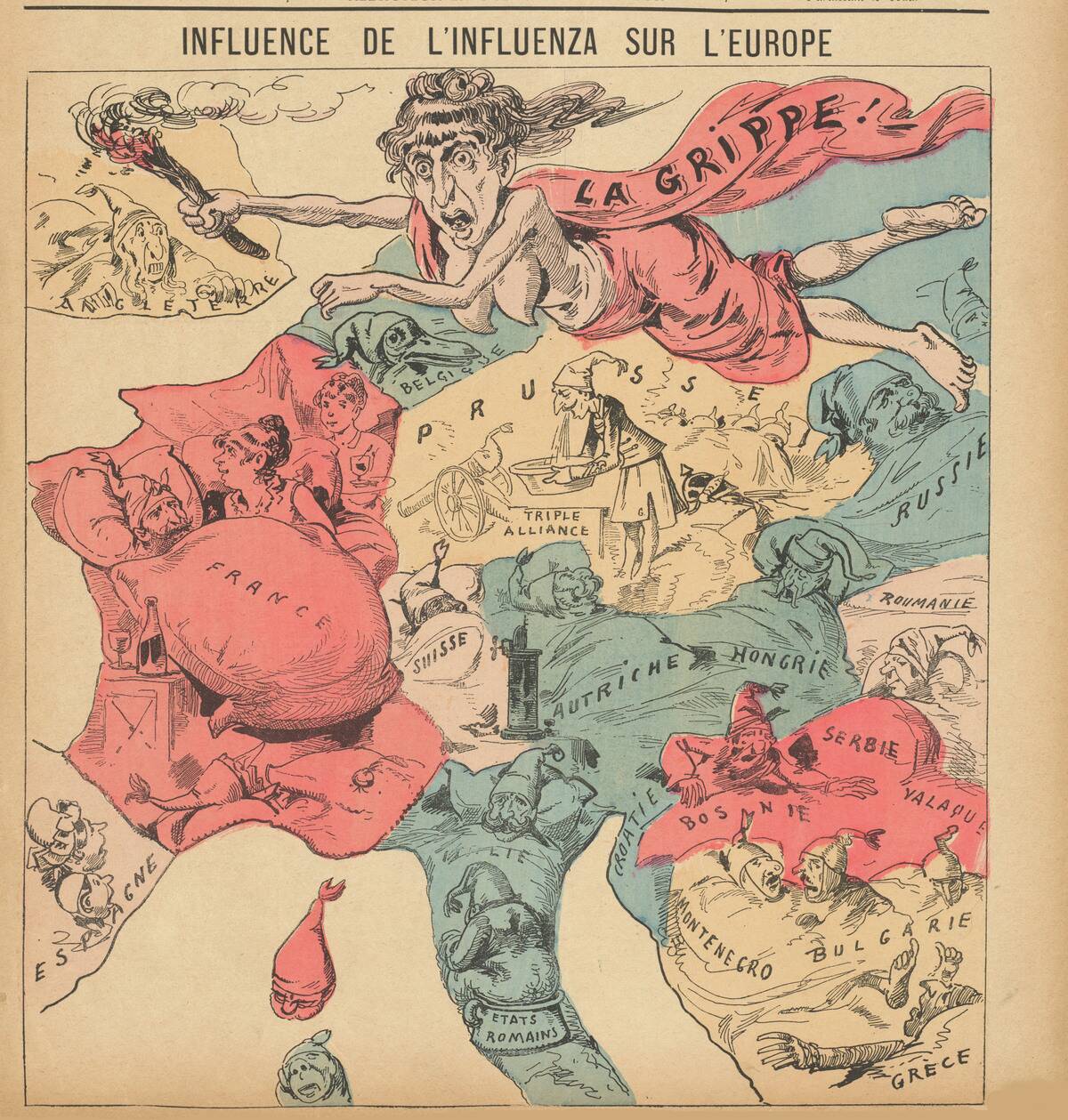
The Russian Flu of 1889-1890 was one of the first global influenza pandemics, facilitated by the era’s newly established railways and steamships. It spread rapidly, causing over a million deaths worldwide. This pandemic marked a significant moment in medical history, as it spurred research into influenza viruses and their transmission.
The Spanish Flu: The Forgotten Enemy of 1918

The Spanish Flu pandemic of 1918-1919 was one of the deadliest in history, infecting a third of the world’s population and causing at least 50 million deaths. Unlike typical flu strains, it disproportionately affected healthy young adults. The pandemic’s rapid spread and high mortality rate underscored the need for better surveillance and public health infrastructure.
The Asian Flu: A Post-War Pandemic

The Asian Flu pandemic of 1957-1958 originated in East Asia and quickly spread globally, resulting in about two million deaths. The H2N2 virus was the culprit, and its rapid spread was facilitated by increased international travel. This pandemic led to the development of a vaccine, highlighting the role of scientific innovation in combating infectious diseases.
The Hong Kong Flu: A Global Affair

The Hong Kong Flu of 1968-1969 was caused by the H3N2 virus and led to the deaths of an estimated one million people worldwide. This pandemic highlighted the interconnectedness of the modern world, as the virus spread rapidly across continents. It also underscored the importance of ongoing vaccine development and public health preparedness.
The HIV/AIDS Pandemic: A Modern Crisis
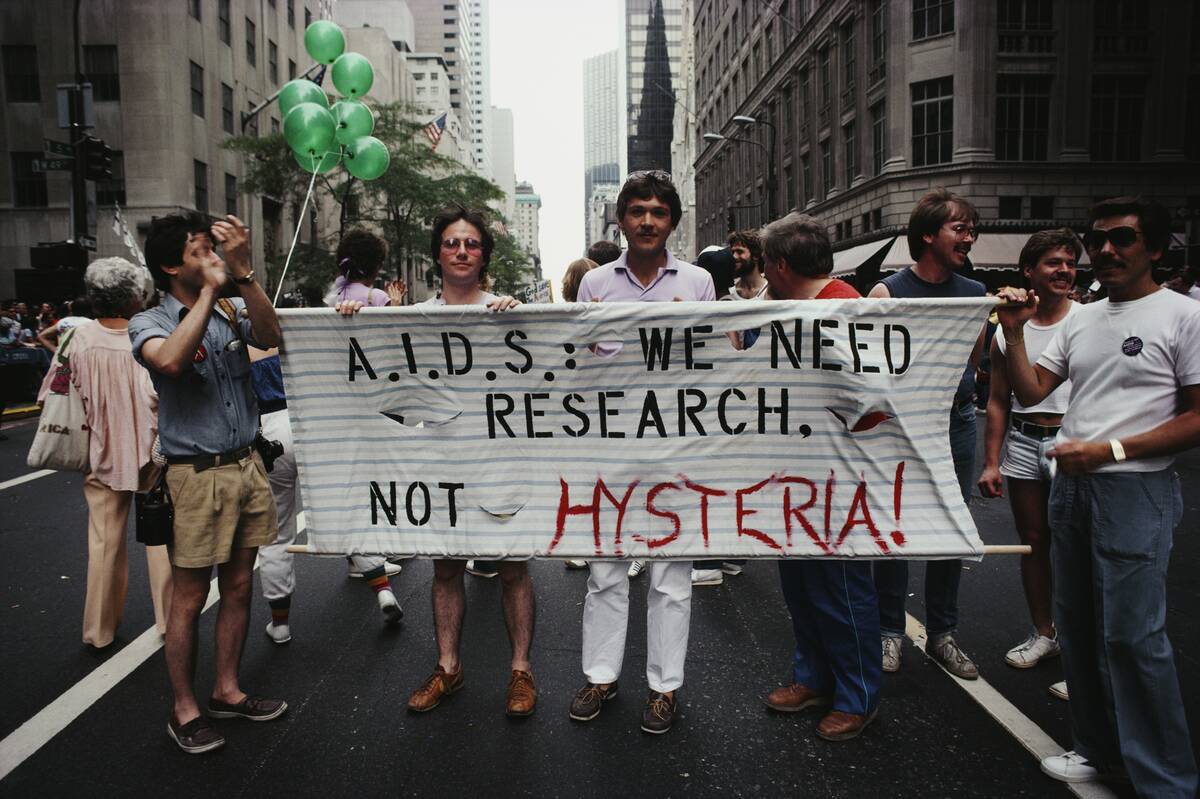
The HIV/AIDS pandemic, which began in the late 20th century, has claimed over 36 million lives and continues to affect millions more. The virus, which attacks the immune system, was initially met with fear and stigma. However, advances in antiretroviral therapy have transformed HIV from a death sentence into a manageable chronic condition for many.
The H1N1 Swine Flu: A 21st Century Scare

The H1N1 Swine Flu pandemic of 2009-2010 was the first global flu outbreak of the 21st century, infecting millions and leading to an estimated 151,000 to 575,000 deaths. Originating from a novel influenza virus, it highlighted the challenges of vaccine distribution and the importance of international cooperation in pandemic response efforts.
The COVID-19 Pandemic: A New Era of Challenges
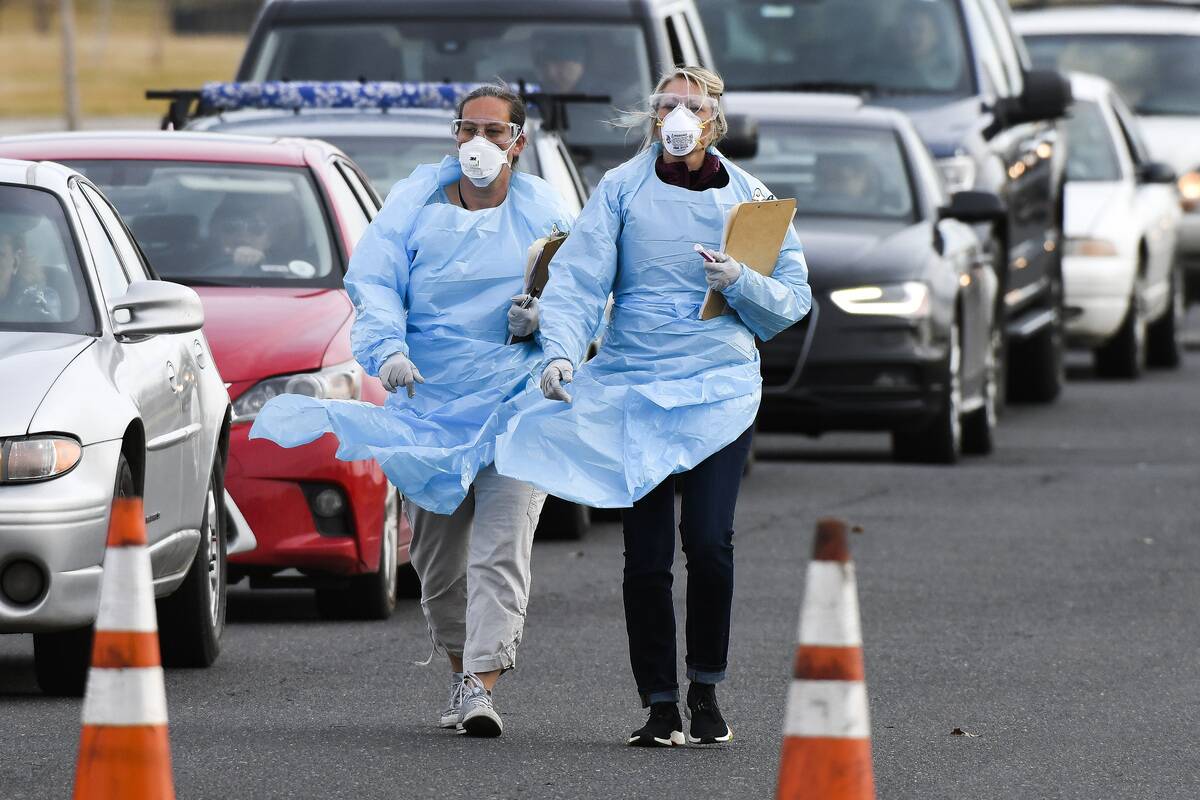
The COVID-19 pandemic, caused by the novel coronavirus SARS-CoV-2, has reshaped the world since its emergence in late 2019. With millions of lives lost and economies disrupted, it has underscored the importance of global collaboration and rapid scientific research. The pandemic has also accelerated digital transformation, changing how we live and work.
Lessons Learned: How Past Pandemics Shape Our Future

Each pandemic in history serves as a crucial reminder of the importance of preparedness, scientific innovation, and global cooperation. From the development of vaccines to improvements in public health infrastructure, humanity has continually adapted in response to these challenges. By reflecting on these past experiences, we can better equip ourselves to face future health crises with resilience and resolve.



